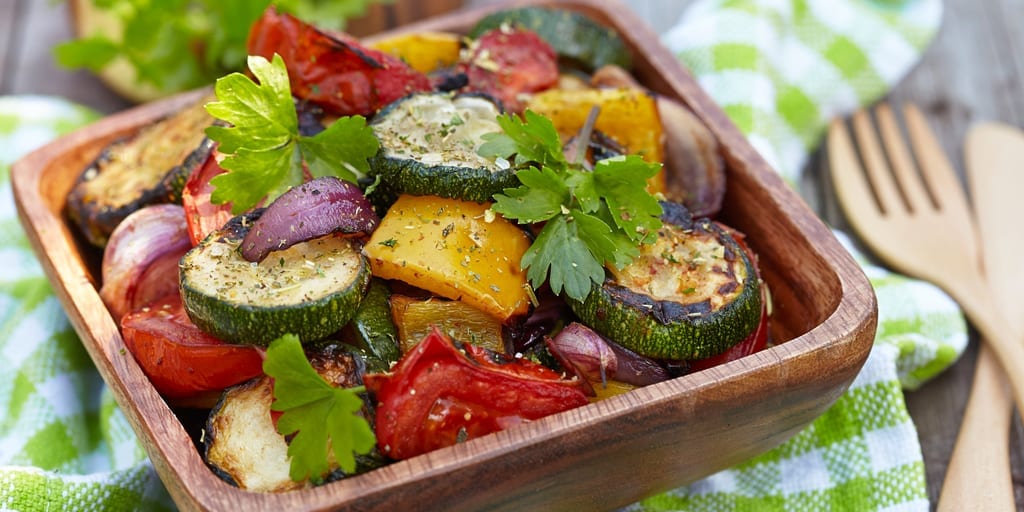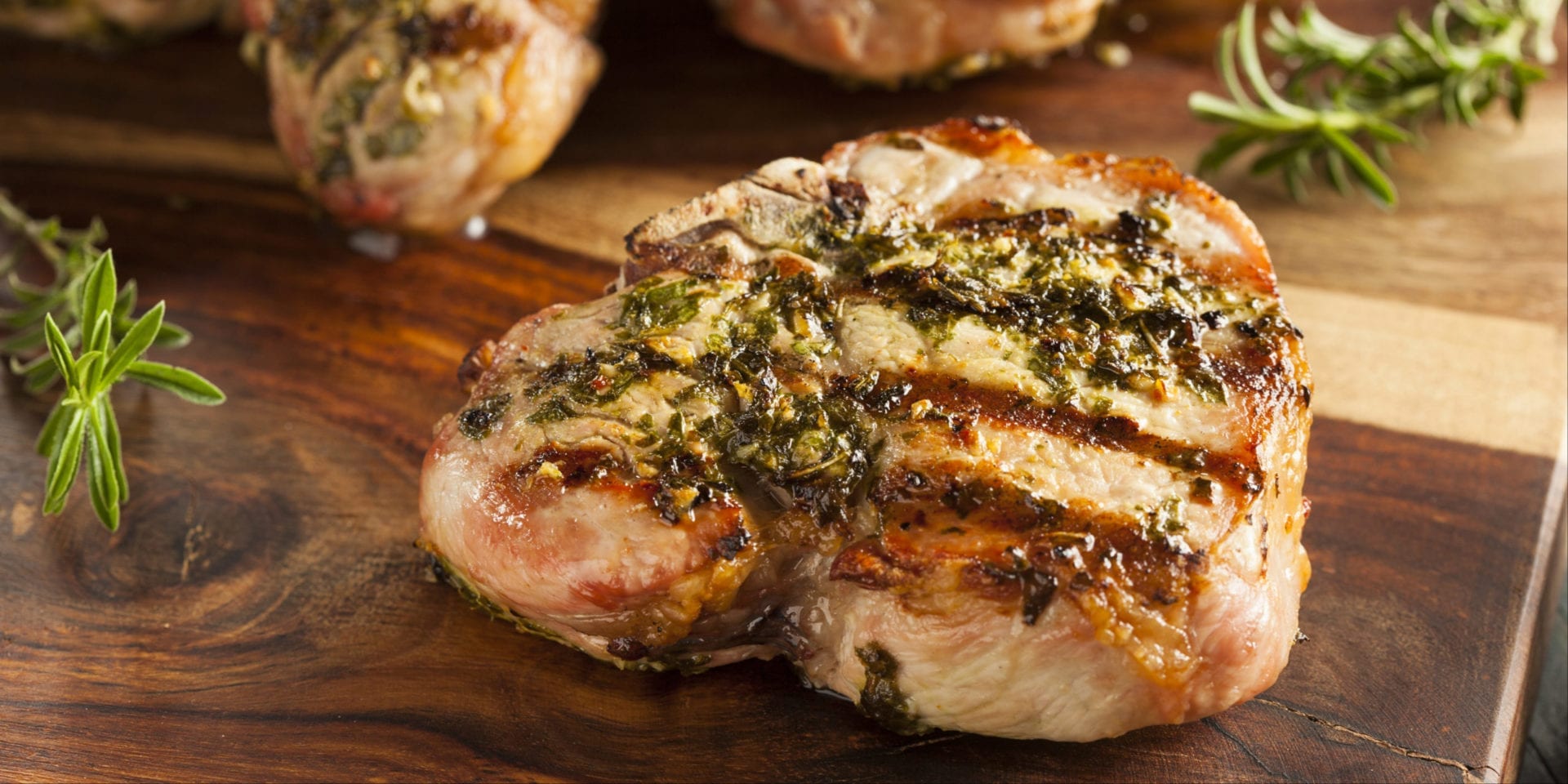Five Benefits of Garlic and Why You Should Have it On Keto

For thousands of years, garlic has been used in many cultures because of its potent flavor and numerous health benefits. The prominent use of garlic was documented by several major civilizations, such as the Greeks, Romans, Chinese, and Egyptians [1]. Modern science is now confirming these beneficial health effects.
What is Garlic?
Garlic is primarily used as a spice, but botanically speaking, garlic (Allium sativum) is considered a vegetable. Garlic belongs to the onion family, along with leeks, chives, and shallots [2].
Garlic is typically consumed in smaller amounts due to its strong taste. You can cook garlic crushed, whole, or peeled. Most commonly, garlic is boiled, sauteed, or roasted.
You can use garlic on your keto diet in sauces and dishes like pasta, stir-fries, and baked vegetables. Try some of these delicious dishes featuring garlic:
What are the Health Benefits of Garlic?
Here are five reasons to eat garlic for your health:
1. Contains Medicinal Compounds
Scientists now associate most of the health benefits with the sulfur compounds formed when you chop, crush, or chew a garlic clove. Some of these advantageous compounds include s-allyl cysteine and diallyl disulfide. The sulfur compounds go from your digestive tract to the rest of your body, where they exert potent biological effects [3] [4] [5].
2. Might Boost Immune Function
Garlic supplements might boost the function of your immune system according to some research. For example, in one large 12-week study, a daily garlic supplement reduced the number of colds by 63% compared to a placebo [6].
Some studies show that in high doses, the sulfur compounds present in garlic can protect against organ damage caused by heavy metal toxicity. Heavy metal toxicity like high lead levels in the body can lead to headaches, high blood pressure, and other symptoms [7] [8] [9].
3. High in Nutrition and Low in Calories
Garlic gives you plenty of bang for your buck in the way of nutrition. One clove of raw garlic contains nutrients like vitamin C, B6, selenium, and manganese. Garlic also has fiber and hardly any carbs! [10]
4. Good Source of Antioxidants
Garlic provides antioxidants that support your body’s protective mechanisms against oxidative damage. According to promising research, high doses of garlic supplements might increase humans’ antioxidant enzymes and reduce oxidative stress in those with high blood pressure [11] [12] [13].
The antioxidant properties and the reduction in cholesterol and blood pressure might also reduce the risk of brain diseases like dementia and Alzheimer’s [14] [15].
5. Might Reduce Blood Pressure
High blood pressure (hypertension) is an important driver of cardiovascular disease. Impressive human studies on those with high blood pressure reveal how garlic supplements can significantly reduce blood pressure. The supplement doses must be fairly high to achieve the desired effects. The amount needed is about the same as four garlic cloves per day [16] [17].
Do You Eat Garlic on Your Ketogenic Diet?
There are plenty more benefits to eating garlic on keto! Share your favorite recipes and dishes featuring garlic!
References
Rivlin, R. S. (2001). Historical perspective on the use of garlic. Journal of Nutrition, 131(3s).
United States Department of Agriculture Natural Resources Conservation Service. Allium Sativum L Cultivated Garlic.
Morihara, N., Nishihama, T., Ushijima, M., Ide, N., Takeda, H., & Hayama, M. (2007). Garlic as an anti-fatigue agent. Molecular Nutrition & Food Research, 51(11), 1329-1334.
Borlinghaus, J., Albrecht, F., Gruhlke, M. C. H., Nwachukwu, I. D., & Slusarenko, A. J. (2014). Allicin: Chemistry and biological properties. Molecules, 19(8), 12591-12618.
Zarezadeh, M., Baluchnejadmojarad, T., Kiasalari, Z., Afshin-Majd, S., & Roghani, M. (2017). Garlic active constituent s-allyl cysteine protects against lipopolysaccharide-induced cognitive deficits in the rat: Possible involved mechanisms. European Journal of Pharmacology, 15 (795). 13-21.
Josling, P. (2001). Preventing the common cold with a garlic supplement: A double-blind, placebo-controlled survey. Advances in Therapy, 18(4), 189-193.
Nantz, M. P., Rowe, C. A., Muller, C. E., Creasy, R. A., Stanilka, J. M., & Percival, S. S. (2012). Supplementation with aged garlic extract improves both NK and ??-T cell function and reduces the severity of cold and flu symptoms: A randomized, double-blind, placebo-controlled nutrition intervention. Clinical Nutrition, 31(3), 337-344.
Lissiman, E., Bhasale, A. L., & Cohen, M. (2014). Garlic for the common cold. Cochrane Database Syst Reviews.
Kianoush, S., Balali-Mood, M., Mousavi, S. R., Moradi, V., Sadeghi, M., Dadpour, B., Rajabi, O., & Shakeri, M. T. (2012). Comparison of therapeutic effects of garlic and d-Penicillamine in patients with chronic occupational lead poisoning. Basic Clinical Pharmacology Toxicology. 110(5), 476-481.
United States Department of Agriculture. Garlic, Raw.
Amagase, H., Petesch, B. L., Matsuura, H., Kasuga, S., & Itakura, Y. (2001). Intake of garlic and its bioactive components. Journal of Nutrition, 131(3s), 955S-962S.
Dhawan, V., & Jain, S. (2005). Garlic supplementation prevents oxidative DNA damage in essential hypertension. Molecular and Cellular Biochemistry, 275(1-2), 85-94.
Avci, A., Atli, T., Erguder, I. B., Varli, M., Devrim, E., Aras, S., & Durak, I. (2008). Effects of garlic consumption on plasma and erythrocyte antioxidant parameters in elderly subjects. Gerontology, 54(3), 173-176.
Borek, C. (2006). Garlic reduces dementia and heart-disease risk. Journal of Nutrition, 136(3 Suppl), 810S-812S.
Borek, C. (2001). Antioxidant health effects of aged garlic extract. Journal of Nutrition, 131(3s), 1010S-10105S.
Sobenin, I. A., Andrianova, I. V., Demidova, O. N., Gorchakova, T., & Orekhov, A. N. (2008). Lipid-lowering effects of time-released garlic powder tablets in double-blinded placebo-controlled randomized study. Journal of Atherosclerosis BLA, 15(6), 334-338.
Ried, K., Frank, O. R., & Stocks, N. P. (2010). Aged garlic extract lowers blood pressure in patients with treated but uncontrolled hypertension: A randomized controlled trial. Maturitas, 67(2), 144-150.














